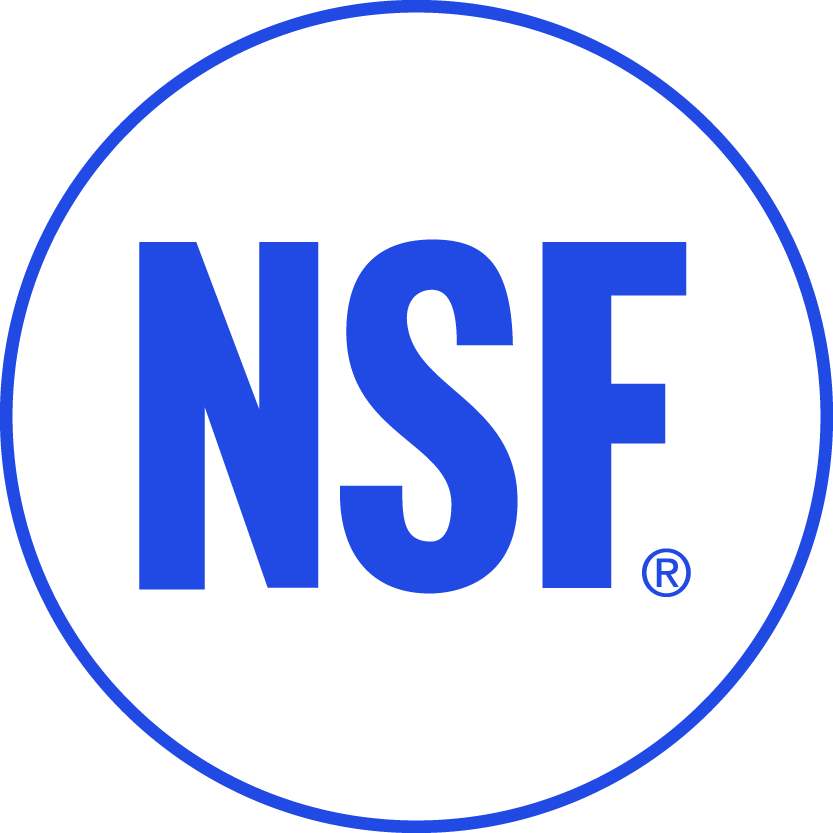Sensory Testing
Marketing often focuses on the ‘first moment of truth’ to convince consumers to choose a product. However, the ‘second moment of truth’, when consumers experience your product, determines whether they will choose it again. We can help you make sure they do.
We provide sensory testing laboratories in Antwerp and Brussels, Belgium as well as in Sofia, Bulgaria and Bucharest, Romania, two important growth markets for retail and commodity food and beverages.
Sensory evaluation is a critical component in developing more precise knowledge about consumer attitudes and perceptions related to food products. Increased competition and the globalisation of markets have accelerated the food and retail industries’ needs for new and innovative products and continuously improving their product to comply with ever faster changing consumer habits and needs.
Sensory Evaluation Alone Is Not Enough
“We do not only identify if your product is too salty, we can also help you in creating a better recipe to reduce the salty taste or your product and thus make it more successful.”
By including our food technology expertise in your product development process, we can address the pain points of your product, whether related to consumer experience or technical or scientific aspects. Our unique combination of marketing and food science expertise gives you one contact point to discuss all your food challenges.
Sensory Evaluation to Extend the Product Lifecycle
By regularly reviewing your product’s composition, origin, nutritional values and taste, you can drastically extend its lifecycle and increase your return on investment in R&D. By applying taste evaluations and benchmark tests to your newly developed product, you can better predict its success before it reaches store shelves.
We have a semi-professional kitchen equipped to prepare all food products according to specifications for home usage. On request, products can be cooked or heated in specific equipment to exclude any additional bias and to achieve an optimal cooking process.
Our sensory labs in Belgium, Romania and Bulgaria:
- Are easy to get to, centrally located and near public transport
- Can accommodate up to 17-18 consumers per session
- Have online – in real time – data collection methods
- Are ISO 8589 compliant (an international standard that gives general guidance for the design of test rooms intended for the sensory analysis of products)
Applied Methodologies
Testing a product alone avoids any bias and interaction between products, and comes close to a real-life situation, where we also only consume one product at a time. Almost any product can be tested in this way, including strong flavoured products such as hot peppers, alcoholic beverages, herbs, spicy sauces, etc.
Each respondent evaluates two products sequentially. This method works reasonably well in most instances, and offers the same advantages as pure monadic testing, although the average respondent scoring is generally lower.
We recruit and select panel participants based on age, gender, educational background, religious background (for example to test halal or kosher products) and shopping habits. We can apply different criteria such as “hard quota” or “soft quota,” and participants get pre-screened before they can join a specific test. We also have professional panels available for specific products and can recruit amongst restaurant and kitchen chefs, baristas, wine tasters, etc.
We customize sensory tests based on your objectives whether to re-design a product or to market a new variety of the basic product you already produce. We can customize the composition of your panel to your needs.
Used primarily for “difference testing” and applied mainly in product development. Expert panels are asked to taste three products and choose the one that is different from the other two. Triangle tests are also used for routine quality controls to verify if the production lot meets quality control standards.
Combined with qualitative research, you can increase the richness of your research outcomes by presenting the outcomes of your sensory tests to a small moderated panel, you can optimize your product characteristics even further and evaluate different aspects of your concept: general message, packaging, message to the consumer (how to market?), and get to know your potential consumer even better.









